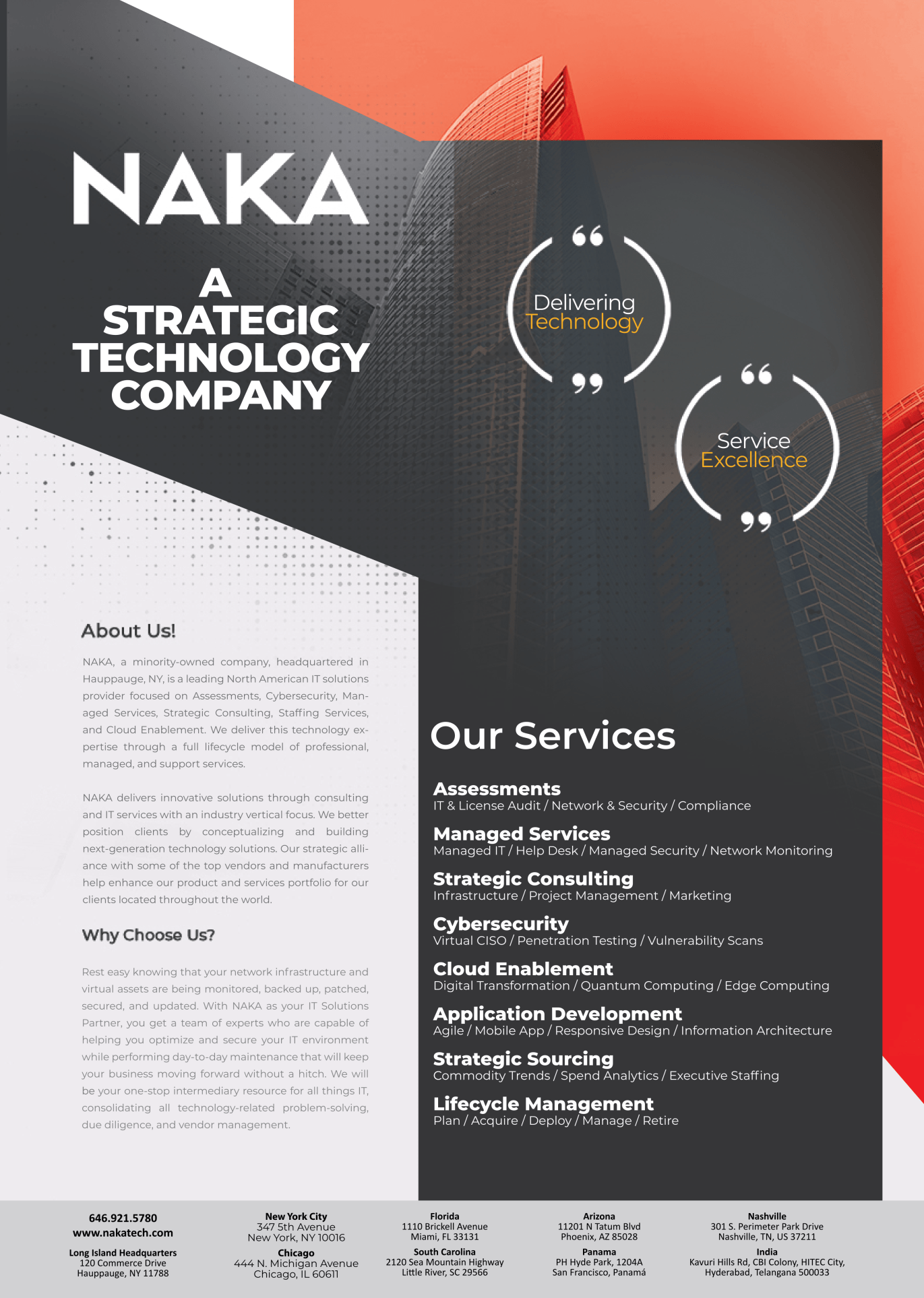What is Cloud Integration and How Does It Work

What is Cloud Integration and How Does It Work
What is Cloud Integration?
The process of integrating systems, data, and apps between various on-premises and cloud-based settings is identified as cloud integration. It involves synchronizing these systems, allowing them to communicate and share information seamlessly. The goal is to create a unified environment where data flows freely between systems, improving collaboration, reducing data silos, and enabling real-time decision-making.
For modern enterprises, cloud integration is a crucial enabler of digital transformation. It allows businesses to leverage data from various sources, such as applications, legacy systems, and cloud services, including:
Through cloud integration, companies can access their data anytime, anywhere, from multiple devices, providing a more efficient and agile approach to data management.
Types of Cloud Integration
It is generally classified into two primary categories:
Cloud Data Integration
Cloud data integration focuses on combining data from various sources, whether stored on-premises or in the cloud. It can involve data migration, synchronization, and transformation. Extract, Load, and convert (ELT) is a popular strategy for cloud data integration that allows organizations to extract data from many systems, load it into a repository, and convert it for analysis. This process helps businesses cleanse their data, apply data quality measures, and secure it through encryption or masking techniques. Common repositories for cloud data integration include data lakes and data warehouses.
Cloud Application Integration
Cloud application integration connects various software applications used within an organization. By integrating these applications, businesses can create unified workflows, enable real-time data access, and develop new processes. Cloud application integration is particularly beneficial for modernizing infrastructure, enhancing customer experiences, and leveraging data for predictive analysis through technologies like artificial intelligence (AI) and machine learning (ML).
7 Key Benefits of Cloud Integration
It offers a multitude of benefits for organizations looking to modernize their IT infrastructure and improve their data management capabilities:
- Break Down Data Silos: Integrating cloud applications and data eliminates silos, creating a cohesive flow of information across departments. This enables better communication and collaboration, allowing for more efficient business operations.
- Enable Business Agility: With cloud integration, businesses can quickly respond to changing market conditions, launch new services faster, and scale operations more easily. This agility is crucial for staying competitive in dynamic industries.
- Boost Connectivity: It synchronizes applications and ensures that critical data is always available through application programming interfaces (APIs), enabling real-time connectivity.
- Save Time and Reduce Costs: Automation in cloud integration reduces the need for manual coding and system management, helping businesses save on development and operational costs.
- Enhance Scalability: It enables enterprises to process and manage massive amounts of data at scale. Cloud-based systems can quickly adjust to the needs of growing businesses, handling data on the order of petabytes if required.
- Improve Data Quality and Accuracy: By standardizing and cleaning data during the integration process, cloud integration ensures that data is ready for analysis and can be trusted for decision-making.
- Drive Data Analytics and Innovation: A unified data ecosystem, enabled by cloud integration, powers advanced analytics, AI, and ML, providing actionable insights and allowing organizations to innovate and predict future trends.
Cloud Integration Solutions
Successful cloud integration depends on selecting the right tools and solutions. Below are a few key solutions that enterprises can leverage to streamline their integration processes:
- Integration Platform as a Service (iPaaS): An iPaaS solution allows businesses to manage their integration flows between applications, data, and services. This platform simplifies integration tasks and enables organizations to centralize their data for real-time access and analysis.
- API Management: APIs are vital for connecting different systems, enabling organizations to build data pipelines, create models, and apply algorithms. With effective API management, businesses can automate data flows, integrate customer-facing applications, and scale operations effortlessly.
- Master Data Management (MDM): MDM provides a single source of truth for business-critical data. By integrating data across the enterprise, MDM ensures that decision-makers have access to accurate, real-time insights, enabling better customer relationships and operational efficiency.
- Electronic Data Interchange (EDI): EDI is essential for automating B2B transactions, ensuring seamless communication between business partners and enhancing collaboration.
Use Cases for Cloud Integration
It plays a vital role across various industries, helping them address specific challenges and enhance operational efficiency:
- Healthcare: Cloud integration improves interoperability between healthcare providers, enabling seamless communication and better patient care. It also allows for the secure exchange of medical data, which is crucial for clinical trials and patient record management.
- Manufacturing: It helps manufacturers streamline their supply chain, reduce product defects, and enhance collaboration between design and production teams.
- Financial Services: In the banking industry, cloud integration enables seamless integration of customer data across checking, savings, credit, and mortgage accounts, delivering a unified customer experience.
- Government: It supports public sector services by enabling digital transformation across departments, from vehicle registration to health services.
Getting Started with Cloud Integration
When it comes to integrating cloud solutions across your enterprise, Managed Cloud Services can be an invaluable asset. Managed cloud services offer comprehensive support for your cloud infrastructure, ensuring your systems run smoothly and securely without the need for constant internal oversight.
At NAKA, we specialize in providing managed cloud services that streamline the entire cloud integration process. Our team of experts takes care of the complexities involved in managing cloud infrastructure, from deployment and configuration to ongoing monitoring and optimization. This allows your business to focus on core operations while we ensure your cloud environment is:
- Secure: Continuous monitoring for vulnerabilities and real-time threat detection ensures that your data remains protected at all times.
- Optimized: Regular performance assessments help us fine-tune your cloud resources, ensuring maximum efficiency and cost-effectiveness.
- Scalable: As your business grows, our managed services ensure that your cloud environment scales seamlessly to meet increasing demands.
- Compliant: We manage regulatory compliance and data governance, ensuring that your company follows industry-specific requirements.
With NAKA’s managed cloud services, you can embark on your cloud integration journey with confidence, knowing that every aspect of your cloud infrastructure is expertly handled. Our end-to-end management helps reduce operational overheads while enhancing your cloud’s performance and reliability.
Start your cloud integration journey with NAKA’s managed services today. Reach out to us to learn how we can help you achieve seamless cloud integration, optimized performance, and enhanced security.



